404 – Page not found
Oops! The page you’re looking for has either moved or is no longer available on Packagingblue.
Please go back to the Home Page or contact our Live Support Team.
You can also call us at 630-233-8508 for further assistance.

 LIVE CHAT SUPPORT
LIVE CHAT SUPPORT| Please enter the following details. | |||
| Name: | Email: | ||
| Phone: |
|
||

|
Oops! The page you’re looking for has either moved or is no longer available on Packagingblue.
Please go back to the Home Page or contact our Live Support Team.
You can also call us at 630-233-8508 for further assistance.